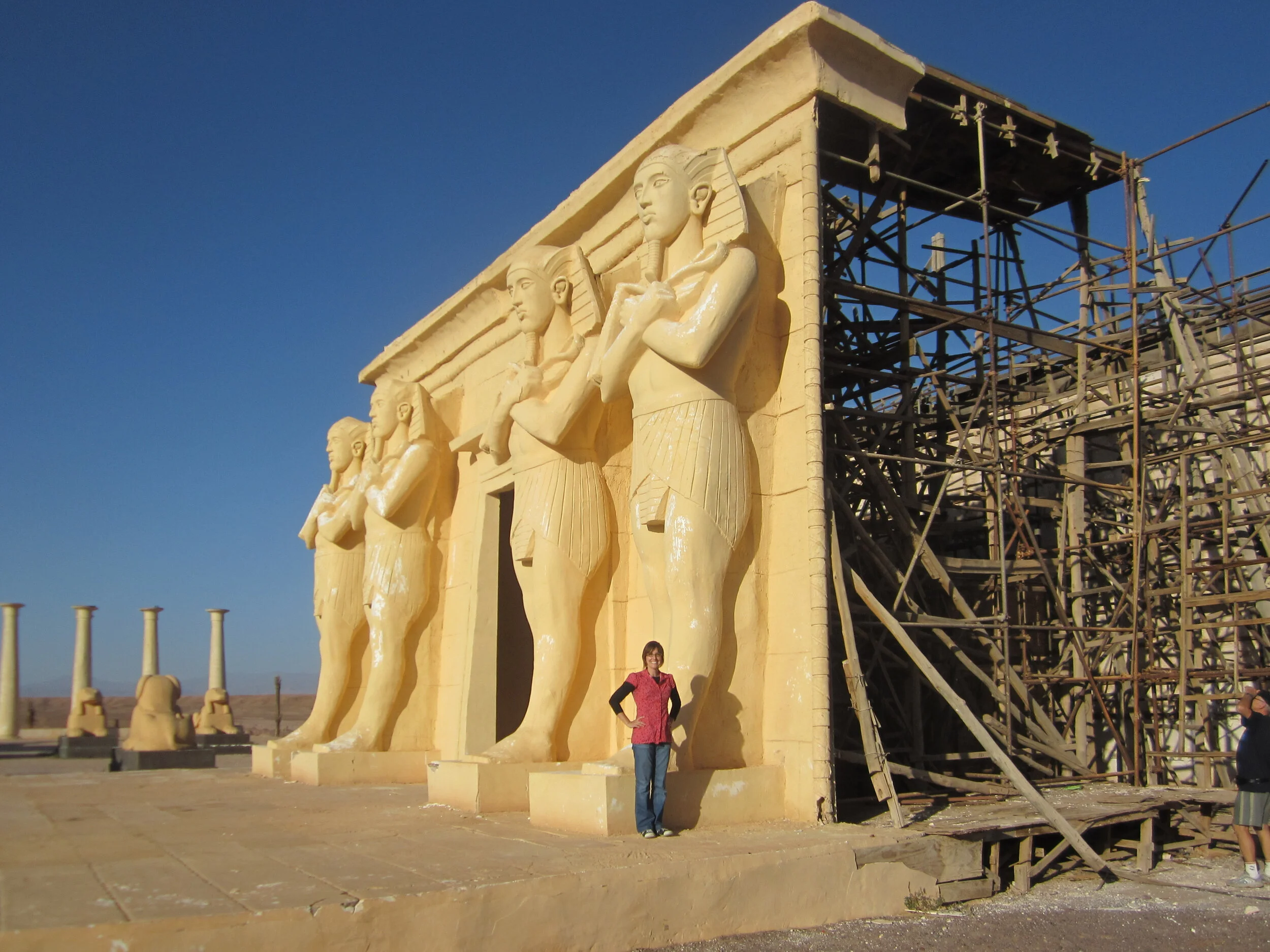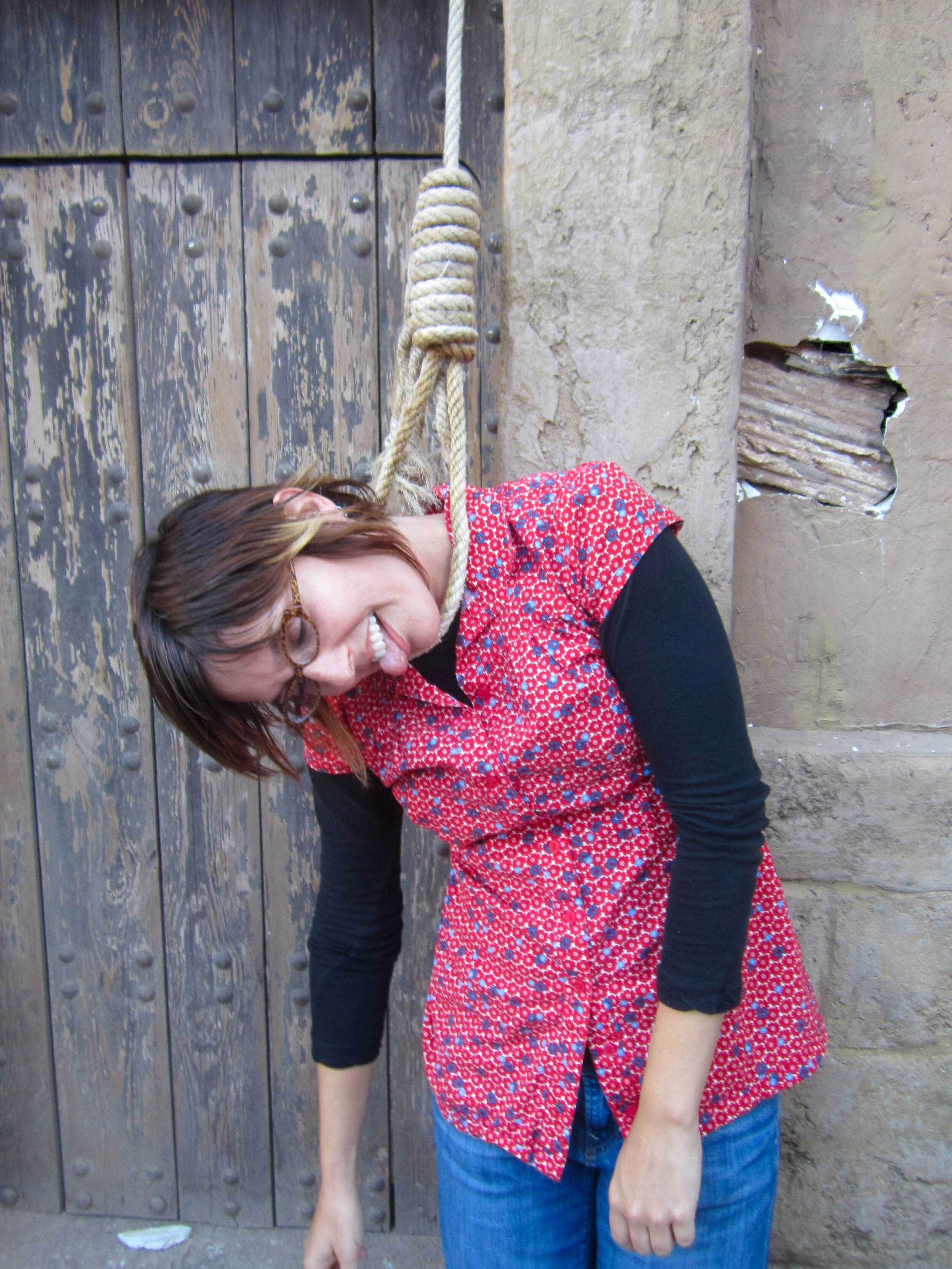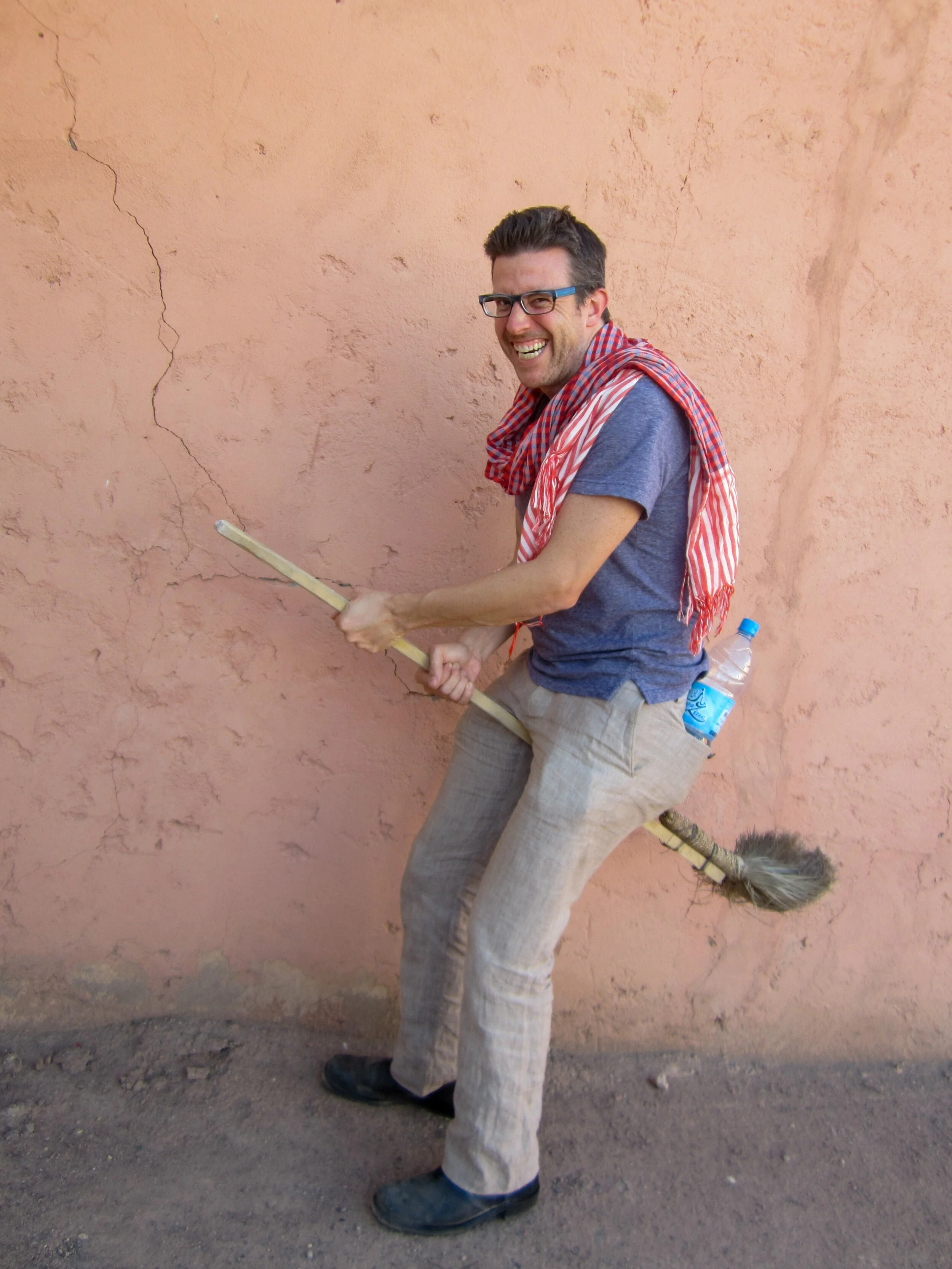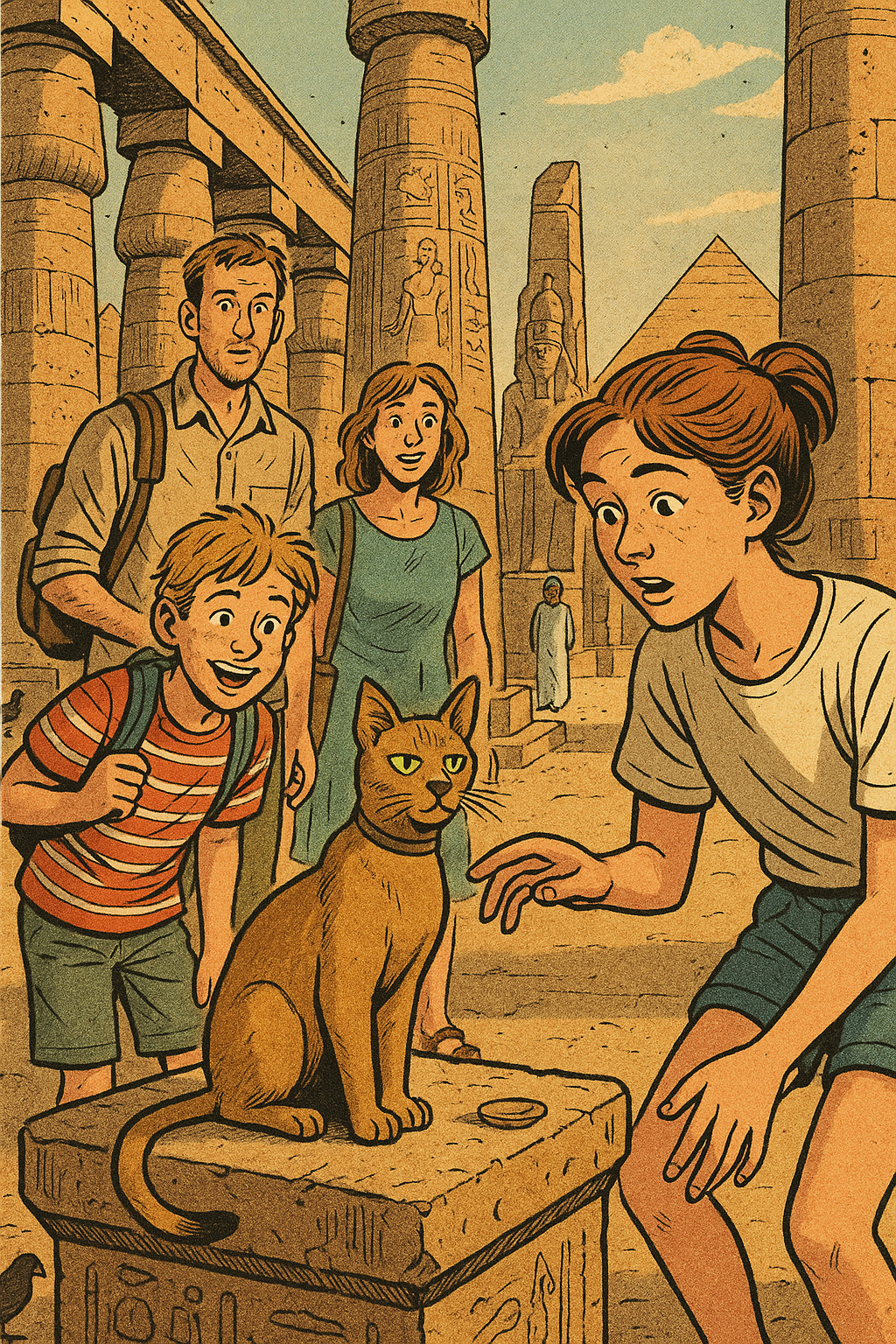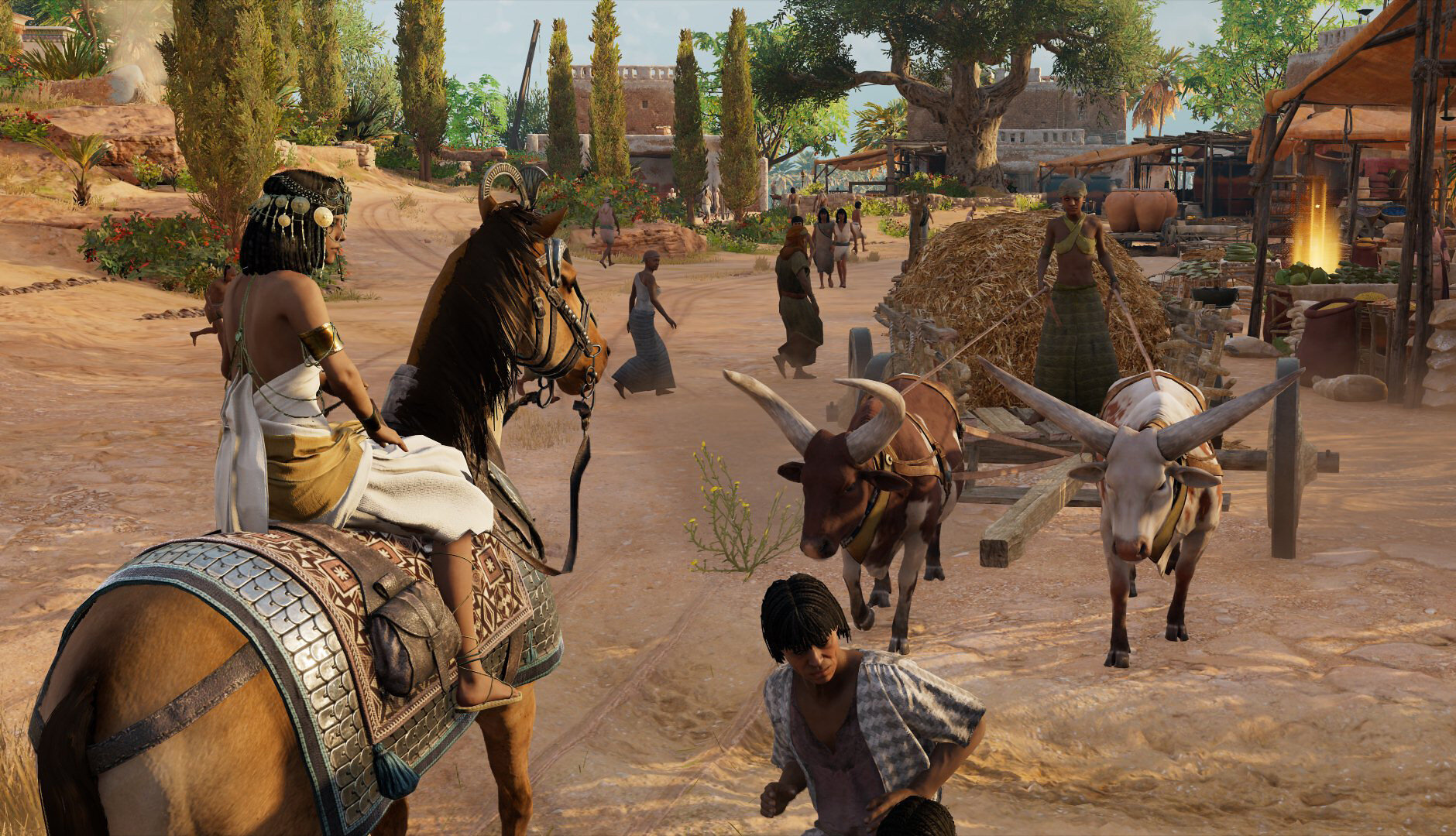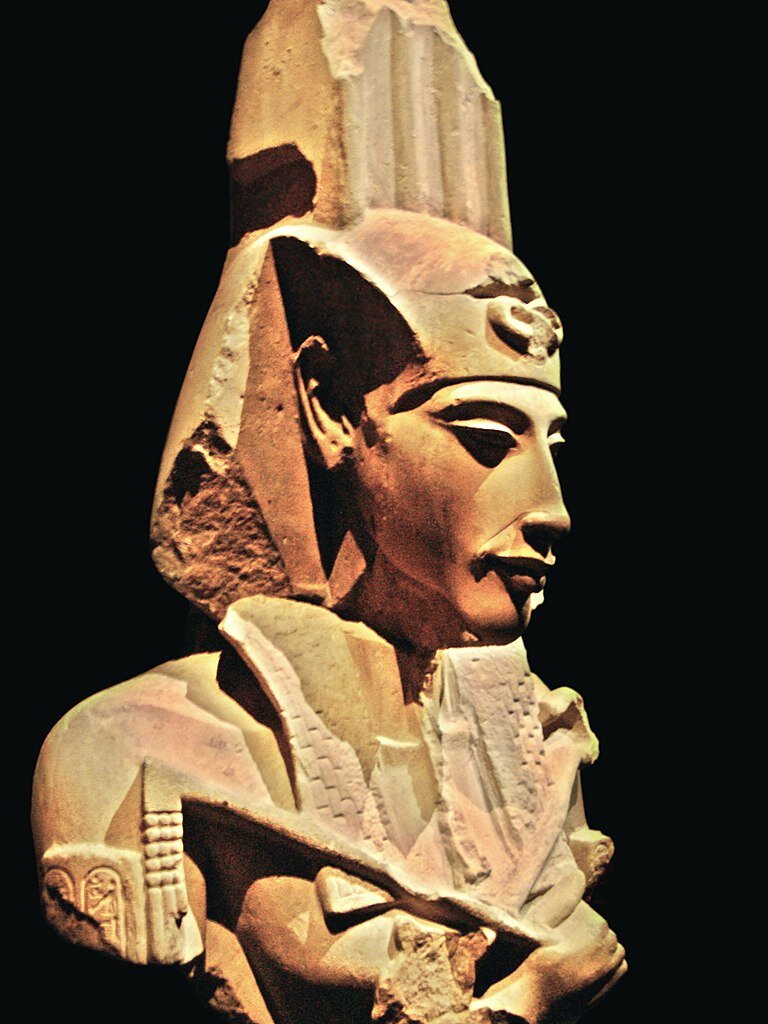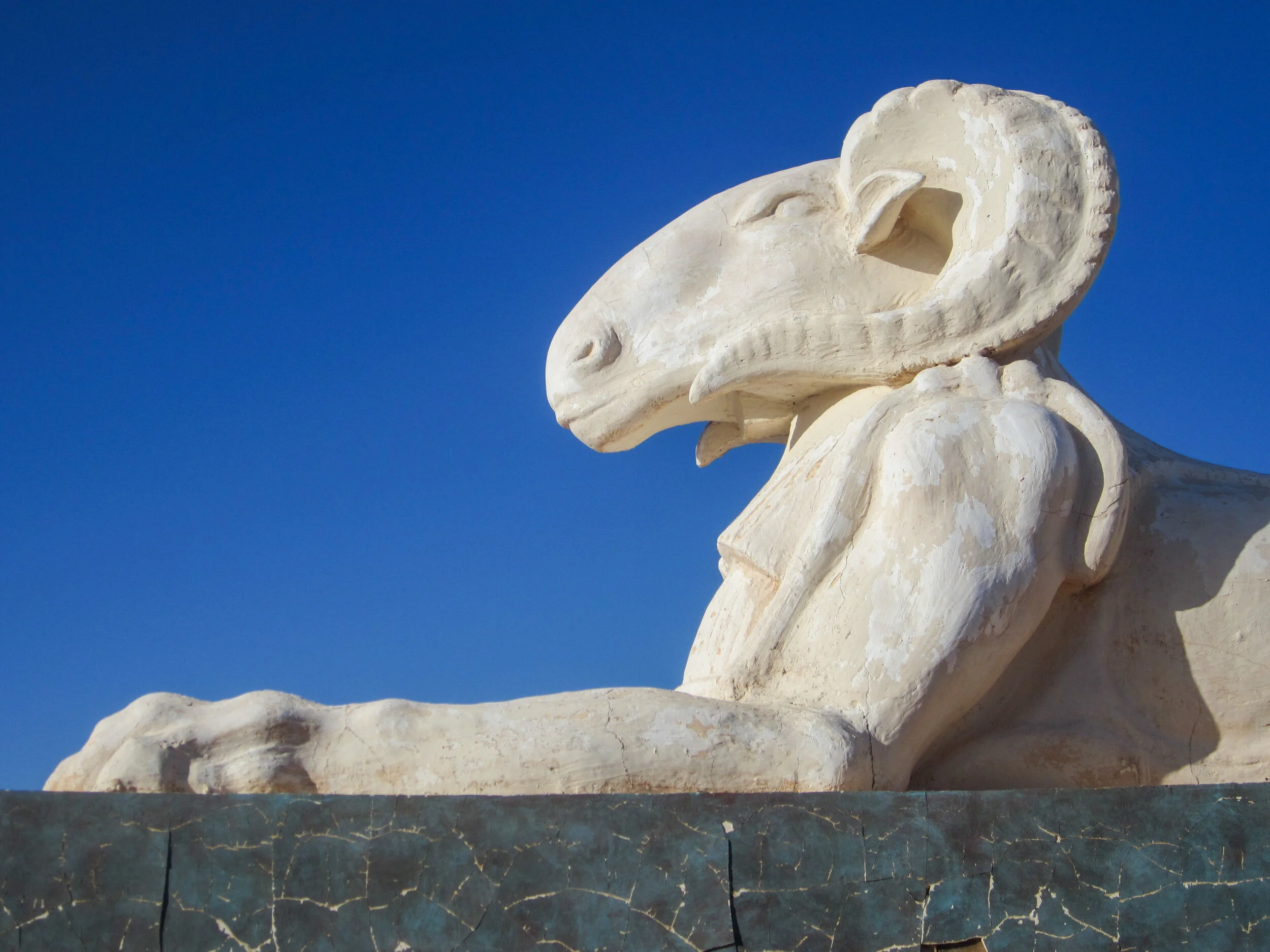Ouarzazate, a stopover en route from Marrakech to the Sahara, is where blockbusters and TV series, including Gladiator, Kundun, The Mummy and Game of Thrones, were shot.
If you’ve seen a Hollywood movie set in the desert, there’s a good chance it was shot at Atlas Studios. The Mummy, Gladiator and Kingdom of Heaven have all filmed sequences here.
On the well-traveled route from Marrakech, almost all roads lead tourists heading to the Sahara Desert through the city of Ouarzazate (pronounced Wahr-za-zaht). It looks like a sleepy town, and, indeed, its name is derived from the local Amazigh dialect for “without” (ouar) and “noise” (zazt).
But under the surface, the Gateway to the Sahara has a few surprises up its sleeve. Just minutes from the town center is a major motion picture facility. Though there’s no Hollywood sign visible on a hillside, there are faux pharaonic statues and a pair of iron gates emblazoned in gold letters with the name Atlas Corporation Studios.
“You can really see through the illusion when you go around back and realize that it’s all supported by bamboo scaffolding. ”
The working movie studio, which takes its name from the vast mountain range that surrounds it, was established in 1983 by Moroccan entrepreneur Mohamed Belghmi, who recognized the need for a permanent film facility in the region. He promoted Morocco as the perfect setting for virtually any Middle Eastern location — think Biblical epics and Ancient Egyptian myths. Perhaps he took a cue from British producer David Lea, who, in 1962, saw the potential of Ouarzazate when they needed a desert location for Lawrence of Arabia.
It’s all a façade (literally!) at Atlas Studios. What at first appears to be a temple is actually just a front supported by scaffolding.
Lights, Camera, Action!
When the cameras aren’t rolling, public tours of the studio are offered, and that’s just what Wally, our friend Vanessa and I did after visiting the UNESCO World Heritage site of Aït Benhaddou en route to a camel ride and overnight in the middle of the Sahara. The entrance fee is 80 dirhams (about $9 at the time of this writing), though ours was included as part of our tour package.
Our driver dropped us off outside of the complex, where we joined a small group and guide leading a walking tour of the studio.
Just a sampling of the many movies and TV shows filmed at Atlas
The first thing we saw after passing through its gates was the elaborate interior set of a Tibetan temple, one of the soundstages constructed for the 1997 film Kundun, Martin Scorcese’s biopic based on the life of the 14th Dali Lama. The track used by the cameraman during production is still in place on the floor of the set.
Fun fact: Extras from Tibet were flown in to lend the movie authenticity.
You can see the track used for the camera in Kundun. It’s this kind of behind-the-scenes looks at movie production that make a visit to Atlas Studios so fun.
Beyond the temple lies a replica F-16 prop jet plane used in the production of The Jewel of the Nile (1985), starring Michael Douglas, Kathleen Turner and Danny DeVito.
While the sets at Atlas are impressive, they pale in comparison to the real deal, obviously.
Taking a Peek Behind the Curtain
From afar everything looks real — but once we got closer, it became clear that it’s all smoke and mirrors. Walls are actually false fronts, their sides sculpted from polystyrene and concrete. But you can really see through the illusion when you go around back and realize that it’s all supported by bamboo scaffolding. More than a few were weathered and worn by the passage of time and desert air.
Hang in there, Vanessa!
Not sure if you knew this, but Wally’s a witch.
On one lot, the three of us found ourselves in a medieval square that was surprisingly small. But the buildings’ exteriors use forced perspective, which, when seen through a camera lens gives the illusion of being farther than they really are. Incidentally, this was where the scene of Russell Crowe’s character, Maximus, getting sold into slavery in Gladiator (Ridley Scott, 2000) was shot.
We were quite charmed by the Egyptian temple sets, the largest of which were used for Asterix & Obelix: Mission Cleopatra, a French film based on the comic, starring Christian Clavier as Astérix, Gérard Depardieu as Obélix and Monica Bellucci as Cleopatra.
The global hit series Game of Thrones converted one of the Atlas backlots into Pentos, one of the Free Cities of Essos, where Daenerys Targaryen lived in exile early on.
Vivid technicolor Egyptian temple interiors. I wonder what the hieroglyphics translate to?
Atlas’ Massive Productions
In terms of scale, Atlas is one of the largest movie studios in the world. At 49 acres, it’s equal to the length of 37 football fields. It’s so vast that there’s confusion as to where sets end and the sprawling desert begins.
When a film finishes production, the sets are typically left behind, with new ones built nearby for the next shoot. The end result is a studio that grows larger each year. That means many big-budget productions are left in situ, though some are recycled and reworked for other features.
Atlas acts as a stand-in for many countries of the Middle East, but Egypt in particular, as attested by the numerous set pieces, like this ram-headed sphinx.
Visiting the studios was one of the highlights of a trip filled with astounding adventures. It was a fascinating glimpse behind the scenes. We weren’t sure what to expect and were pleasantly surprised. Our guide was friendly and gave us plenty of time to take pictures. If you’re looking for an interesting day trip from Marrakech or happen to be en route to the Sahara, you should definitely add Atlas Studios to your itinerary. –Duke
Special shoutout to Vanessa for sharing her photos with us. Our camera’s memory card got fried on this trip and we lost most of our photos.
Is that the Ancient Egyptian temple of Karnak?! Oh, it’s just a replica at Atlas Studios in Morocco.
Atlas Movie Studios
Km 5
BP 28 Route de Marrakech
Ouarzazate, Morocco


